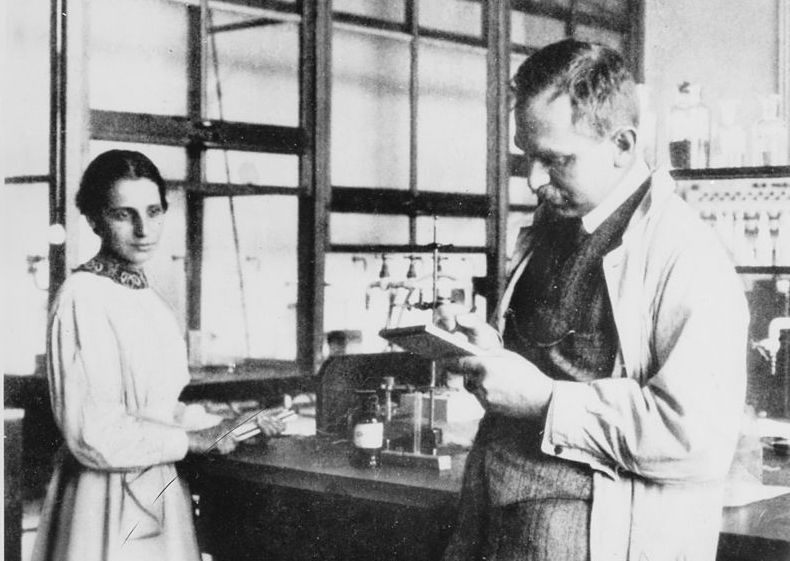It’s easy to call the music of Steely Dan cynical ersatz: slick, clinical jazz-rock, with nary a hair out of place on any of their nine studio albums; soulless soul music beloved by pretentious jerks like the duo in Nick Kroll and John Mulaney’s satirical Broadway show Oh, Hello, a comic play featuring two sleazy 70-something Upper West Side bachelors—failed artists, casual racists, longtime beneficiaries of a rent-controlled apartment, and the two biggest Steely Dan fans you’ll ever meet. But theirs is a purely affectionate homage.
“There hasn’t been any good music since Steely Dan,” Mulany half-joked in a recent interview. “The best music is precise rock-pop-jazz in a studio, on a multitrack.” Every take that calls Steely Dan calculating hipster pretenders and studio perfectionists isn’t wrong, exactly, it’s only that the band already anticipated and surpassed it by couching knowing inauthenticity and subversion in the most finely-crafted pop ever created. It’s hardly an exaggeration to say that nothing in popular music has lived up to their masterpiece, Aja, so arch and shiny that it’s “also kind of punk,” argues Variety’s Chris Morris.
Guitarist Walter Becker, “the Larry David of Steely Dan,” approached everything with irreverence except the music, writes L.A. Times pop critic Mikael Wood. The same could be said of his bandmate, singer and keyboard player Donald Fagen. If you think you don’t know Steely Dan, you do, from the hundreds of songs that have sampled and copied them, most nicking beats and hooks from Aja. One of those most-sampled songs, “Peg,” also serves as a mini-lesson on the duo’s exacting work ethic and meticulous compositional methods. (See Fagen explain and demonstrate the song’s complex chord voicings below.)
In a commemoration of Aja’s fortieth anniversary last year, Newseek’s Zach Schonfeld described Becker and Fagen’s “odd, neurotic approach” to recording “that turned the creative pair into musical auteurs of sorts, but made finishing a record nearly impossible.” As you’ll hear musicians like drummer Rick Marotta explain in the “Peg” making-of video at the top, the duo would bring in a crew of top-notch players for a session, then scrap every performance and bring an entirely new band in the next day, unhappy with virtually every take. “Every track, every overdub,” says engineer Elliot Scheiner, “had to be the perfect overdub. They didn’t settle for anything. They were always looking for the perfect.”
The almost unlimited power granted them by “guaranteed sales” may have been a “license for abuse,” as “Peg” rhythm guitarist Steve Kahn tells Schonfield, but it also meant they never had to grudgingly settle for “good enough.” They acted as curators for the best musicians in the business, figuring out whose distinctive style best fit which song, a process that involved a lot of trial and error. The approach is most evident in the legendary story of “Peg”’s guitar solo, performed on the record by session player Jay Graydon, who made the cut after seven previous guitarists, including Robben Ford and Becker himself recorded hours and hours of tape.
“I’m sure that each of us walked away feeling really good about it,” remembers guitarist Elliot Randall, who had played the solo on “Reelin’ in the Years.” But each time, Fagen and Becker knew it wasn’t right. “We felt silly spending all this money for this one brief blues solo,” Fagen says. When they finally recruited Graydon, he was ecstatic, as he relates in the interview above. “Every studio guitar player wanted to be on a Steely Dan record,” he says. Finally, it was a match:
For about an hour and a half, I’m playing my hip, melodic kind of jazz style. Then Donald says to me, “Naw, man. Try to play the blues.” I’m thinking, if I gotta play blues in this solo, I can’t use a B‑flat. Because B is in that chord. I can’t use an F unless it’s running through the chord… So I can make it be a believable seventh chord by using the seventh in part of the line. I play bluesy for a while. I get melodic for a while. I get bluesy again. Then I get melodic and bluesy.
The brief solo suits the song perfectly, though we might say the same if they’d chosen one of hundreds of other takes. We’ll never know, though we do hear a few failed contenders at the top, and they’re all clearly inferior. After four or five hours of playing, Graydon himself left the studio still not knowing if “it was a keeper.” Then he “turned the radio on one day, and there it is.” He’s since relearned it several times to play for others, including a 2016 documentary about top session players and rock sidemen called Hired Gun.
As for all the Youtube videos floating around that claim to teach the solo (see one above), Graydon says none of them get it right. But luckily for him, somehow, he did, a lucky break, he says, that easily could have ended up in the bin with the other hundreds of hours of tape cut from the Aja sessions, victims of the ultimate jazz-funk-soul-rock auteurs.
Related Content:
How Steely Dan Wrote “Deacon Blues,” the Song Audiophiles Use to Test High-End Stereos
Josh Jones is a writer and musician based in Durham, NC. Follow him at @jdmagness






